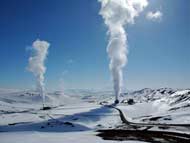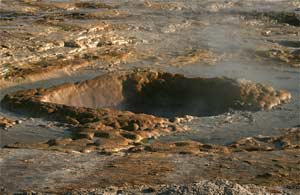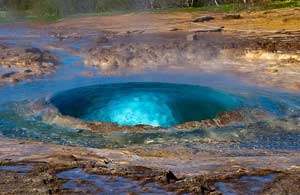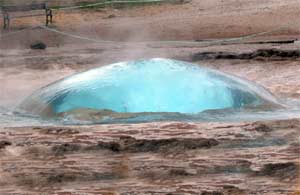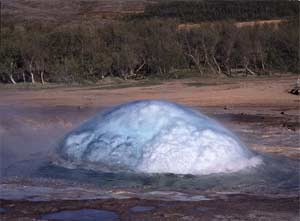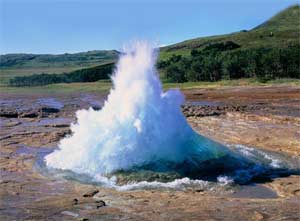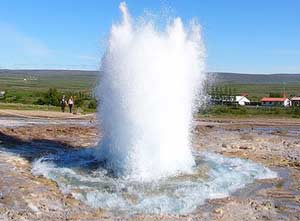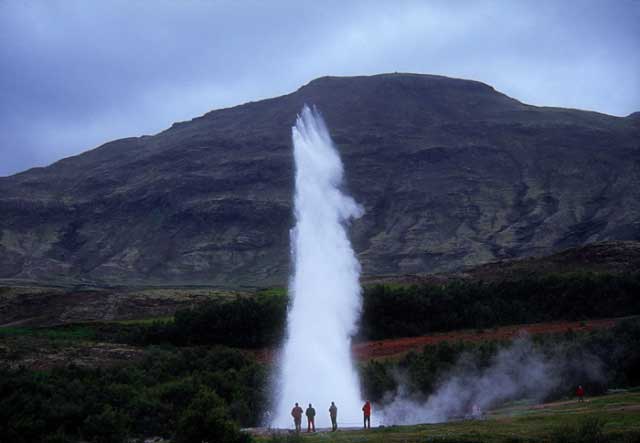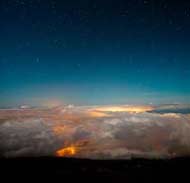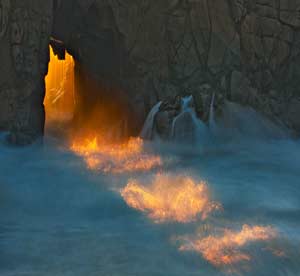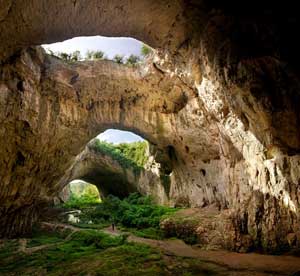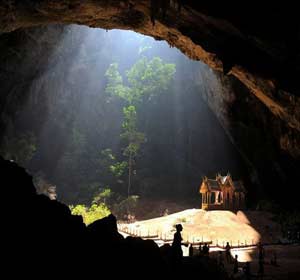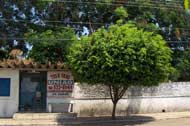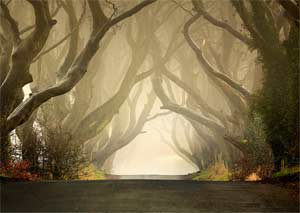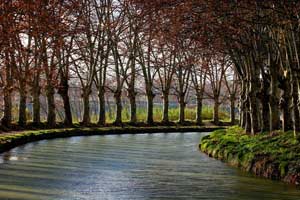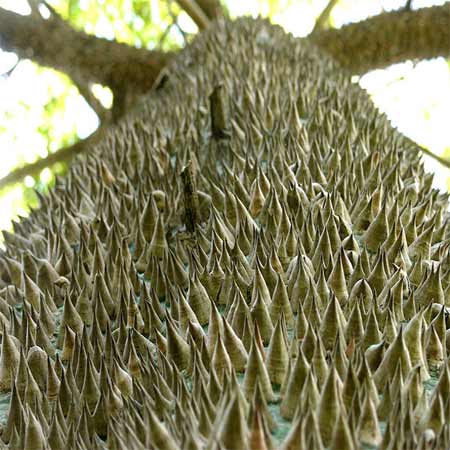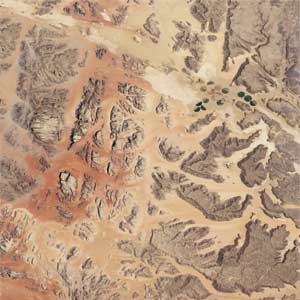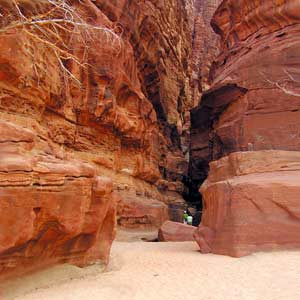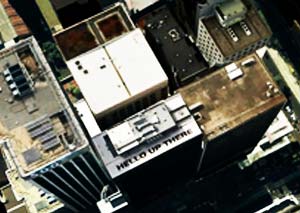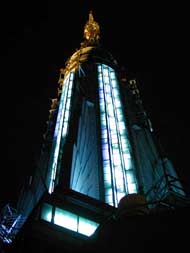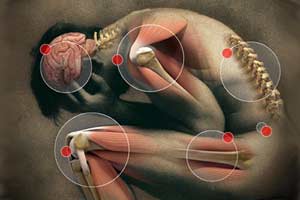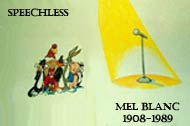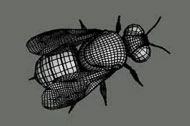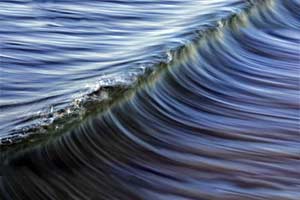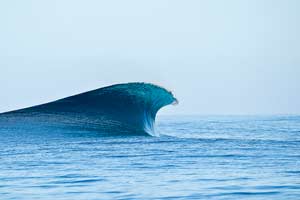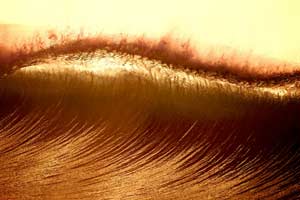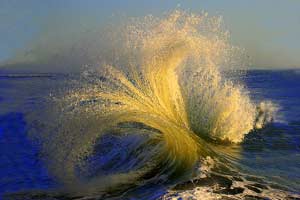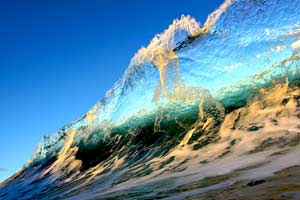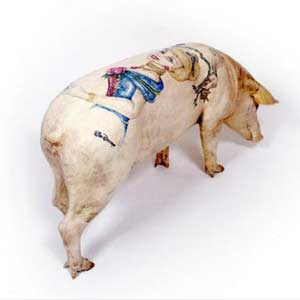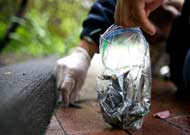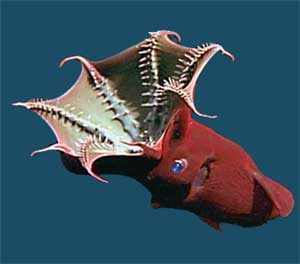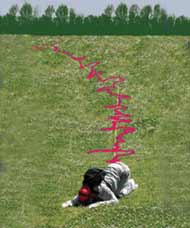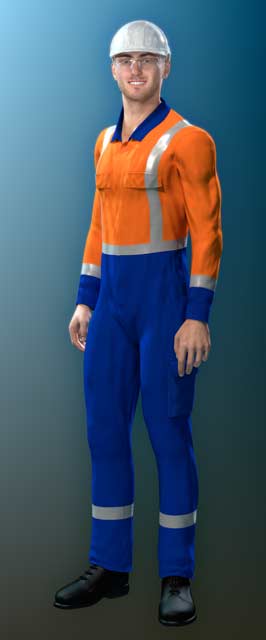Looking for Hidden Treasure
Historically, the two main types of obstacles to information discovery have been barriers of awareness, which encompass all the information we can’t access because we simply don’t know about its existence in the first place, and barriers of accessibility, which refer to the information we do know is out there but remains outside of our practical, infrastructural or legal reach. What the digital convergence has done is solve the latter, by bringing much previously inaccessible information into the public domain, made the former worse in the process, by increasing the net amount of information available to us and thus creating a wealth of information we can’t humanly be aware of due to our cognitive and temporal limitations, and added a 3rd barrier — a barrier of motivation. Information curators cross-pollinate accessibility and access, availability and actionability, guiding people to smart, interesting, culturally relevant content that “rots away” in some digital archive, just like its analogue versions used to in the basement of some library, museum, or university. Knowledge is not a lean-back process; it’s a lean-into activity. Just because public domain content is online and indexed doesn’t mean people will ever discover it and engage in it. We can’t outsource curiosity, the highest form of motivation. And curiosity is the gateway to access. Someone who simply shares a link to a beautiful illuminated manuscript from the 13th century might grab your ephemeral attention for a moment of visual delight, but someone who shares it in the context of how it relates to today, bridges your curiosity and your motivations to truly engage you with the content. [This is the direction I prefer FlatRock to go – but the time needed to research, correlate, and deduce generally eludes me.]
 Animals
Animals Animation
Animation Art of Playing Cards
Art of Playing Cards Drugs
Drugs Education
Education Environment
Environment Flying
Flying History
History Humour
Humour Immigration
Immigration Info/Tech
Info/Tech Intellectual/Entertaining
Intellectual/Entertaining Lifestyles
Lifestyles Men
Men Money/Politics/Law
Money/Politics/Law New Jersey
New Jersey Odds and Oddities
Odds and Oddities Older & Under
Older & Under Photography
Photography Prisons
Prisons Relationships
Relationships Science
Science Social/Cultural
Social/Cultural Terrorism
Terrorism Wellington
Wellington Working
Working Zero Return Investment
Zero Return Investment
